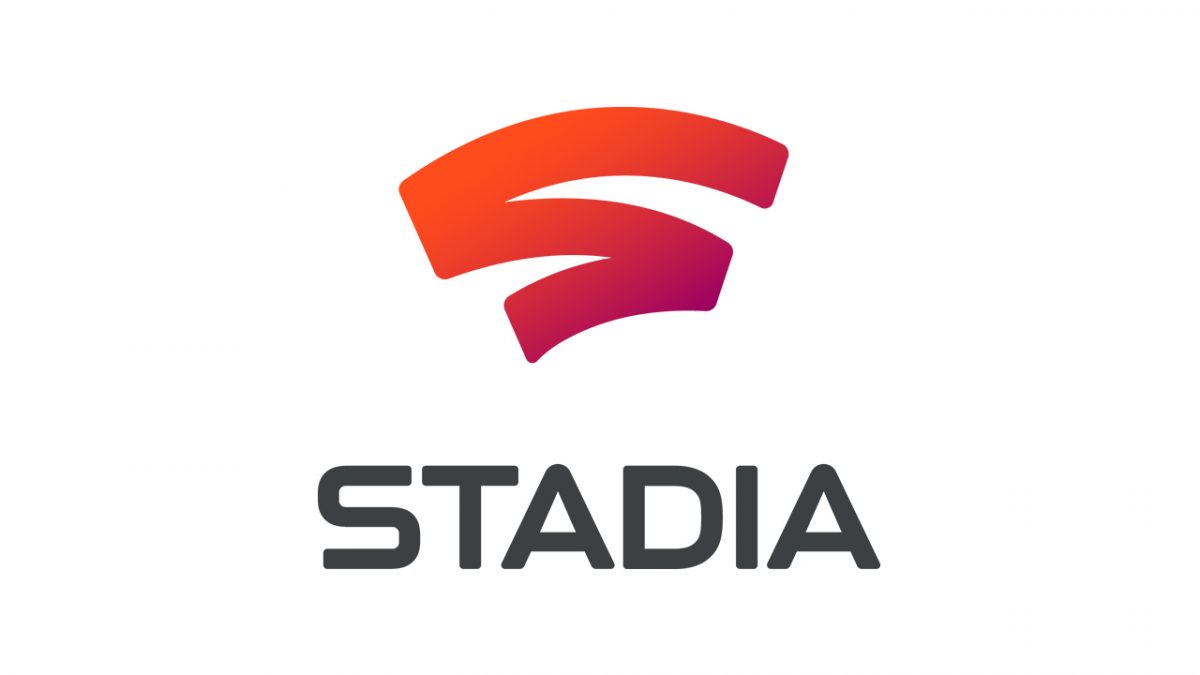Google announced that on January 18th, its cloud gaming service Stadia will be shut down for good. But why is that the case, you might wonder? The idea is great, this service would allow gamers with outdated hardware or with limited budgets to play the games they love everywhere. They would only require a strong internet connection, some hardware you can purchase and give up on some game latency.
The reason it ended up in the google project cemetery is that it never mattered and never had a chance to start, according to Jay Peters (2022). Google made some absurd missteps when managing the project. First, it was running on a proprietary Linux distribution, which came with a whole host of compatibility issues. Second, the consistent fund cutting that made it difficult for developers to plan ahead and support the project. And lastly worst of all, the failed business model. Gamers had to buy their games plus pay a usage subscription instead of going for a subscription model like Netflix by offering all the games available in bundles. Ensuring that gamers would rather buy their games on steam and then use Nvidia now (a competitor of Stadia), instead of buying them to have them exclusively on Stadia.
Google failed to apply a long-tail strategy, the games available were also available on most other platforms and they didn’t have many exclusives. They reportedly passed on the opportunity to buy several games and have them as exclusives such as a follow-up to Death Stranding.
The coffin in the nail was the release of the PS5 and the relieving pressure on computer hardware supply chains. Allowing gamers to buy the consoles at affordable prices now and not have to worry about latency in their games.


Very insightful post, it inspired me to write my own post on the future of cloud gaming. Personally, I believe that Stadia had a terrible launch that left a bad taste in people’s mouths. For example, Google only offered 20 games at launch and marketed a free tier prior to launching the platform. This free tier never came. Furthermore, controllers were only compatible with the platform when connected via a physical USB connection. While these issues might not be a big deal, they definitely interfered with Google’s message for the future of gaming.
I agree with you that Stadia’s biggest failure was that one had to buy games specifically for the platform. I would say that this compatibility issue also led to Google targeting the wrong customer segment. The limited games that were available on the platform were generally games with high time and skill commitment. Generally, gamers that knew these games already owned them and if they didn’t then I would argue that the majority had a console or gaming PC capable of running the games. In other words, Google mainly target individuals that did not need a cloud gaming platform. If Google would have used Microsoft’s or Nvidia’s cloud gaming strategy or offered games with low commitment, such as Call of Duty and Super Mario (Latency and licensing issue aside), then the platform would have been a lot more successful.